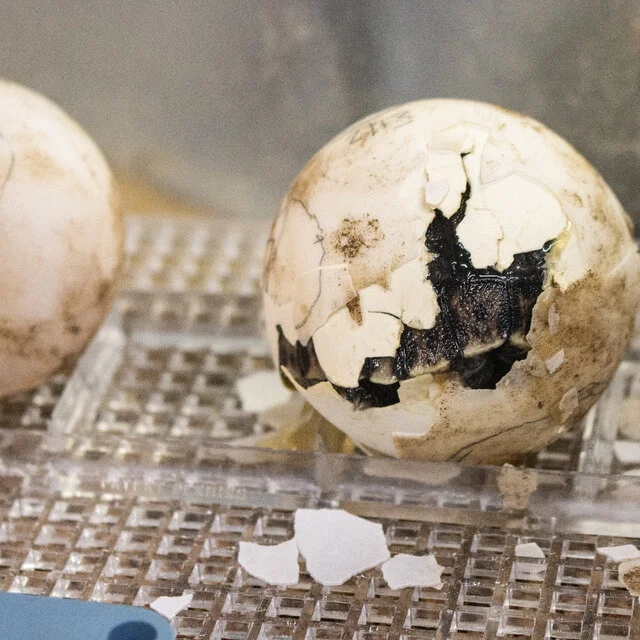
Baby Giants: The Philadelphia Zoo Welcomes Four Rare Galapagos Tortoises
In an extraordinary milestone that has delighted conservationists and animal lovers alike, the Philadelphia Zoo has just welcomed four critically endangered Western Santa Cruz Galapagos tortoise hatchlings. This landmark event, the first of its kind in the zoo’s 150-year history, not only revives hope for one of the world’s rarest species but also serves as a beacon for efforts in animal conservation and education.

The proud parents, "Mommy" and "Abrazzo," are themselves living legends. Both are estimated to be about a century old, and Mommy has been a resident of the zoo since 1932. Despite her advanced age, Mommy is considered one of the most genetically valuable Galapagos tortoises in North America’s species survival program. Last November, she laid 16 eggs—the culmination of years of expert animal care and scientific research by the zoo’s herpetology team. Four eggs successfully hatched, with the first baby appearing in late February, weighing around as much as a chicken egg.
President and CEO Jo-Elle Mogerman described the news as "a significant milestone" and shared her vision for "a thriving population of Galapagos tortoises on our healthy planet 100 years from now." The moment is particularly poignant, as the public will soon get its first glimpse of the new additions, coinciding with the anniversary of Mommy’s arrival at the zoo. A naming contest is also planned, inviting the community to be a part of this historic occasion.
But the impact runs deeper than zoo walls. As Dr. Sharon Deem of the Saint Louis Zoo Institute for Conservation Medicine noted, "These four hatchlings, it's everywhere in the news… it’s amazing to think about." The publicity generated by these babies not only underscores their rarity—before their birth, only 44 Western Santa Cruz Galapagos tortoises were in the U.S.—but also kindles public interest in conservation. Experts point out that the species has suffered for over two centuries from hunting and habitat loss; some current survivors may have hatched around the time of Abraham Lincoln’s birth.

The zoo’s achievement also spotlights how delicate—and painstaking—tortoise breeding is. From eggs that take months to hatch to careful temperature control influencing the hatchlings’ sex, this process is a race against time for a species the IUCN lists as critically endangered. Galapagos tortoises can live up to 200 years, but their continued existence depends on coordinated global efforts, including the work of Galapagos National Park and the Charles Darwin Foundation.
As these tiny giants prepare for their public debut, they symbolize both the fragility and resilience of endangered wildlife. Will these hatchlings spark broader actions for other species on the edge? Let us know your thoughts in the comments—how can we all help ensure stories like this continue for generations to come?